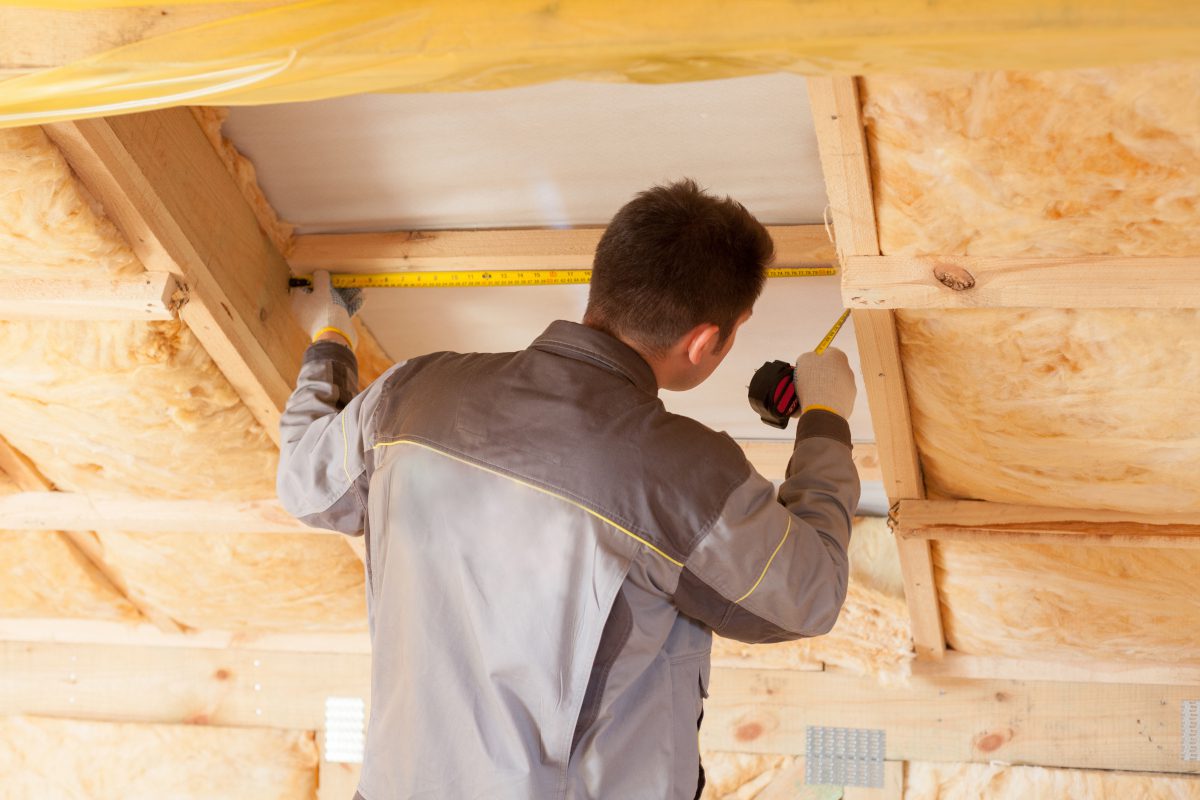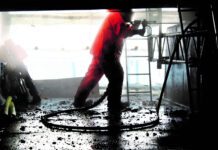
As many as half a million jobs could be supported annually if the UK is successfully able to fully retrofit the country’s existing housing stock in line with its Net Zero carbon commitments, according to a new report from PwC.
Decarbonising the UK’s 29 million homes would not only reduce emissions, but would ease the cost of living, and improve the country’s national energy security. However, current shortages of the necessary skills to do this work could create a bottleneck, significantly reducing delivery potential..
The latest report by PwC in its Green Jobs Barometer series, Green Skills as an Enabler of UK Retrofit, finds that between 10,000 and 66,000 new tradespeople will be needed each year as retrofit take up accelerates, with heating engineers, glazers and insulation specialists the most in demand.
In addition, many more green jobs will be required both in the retrofit sector – coordinators, office staff, marketing – and in its wider manufacturing and distribution supply chains.
PwC analysis has found that up to 580,000 jobs would be supported annually from building retrofits – with higher levels of energy efficiency requiring more workers. This includes 94,600 trade jobs, with the most in demand being heating engineers and plumbers.
The challenge comes in ensuring these workers are suitably trained as demand arises. There are 29 million homes in the UK which require retrofit measures.
Nick Forrest, UK Economics Consulting Leader, PwC UK, comments:
“The UK has consistently under-invested in developing and transitioning skills to support the green retrofit opportunity. Currently, there are few recognised technical education pathways into the retrofit sector and most training is done on the job as quickly as possible. In addition, the SMEs and sole traders, who are a lifeblood of the construction industry, require stronger incentives to invest in training as their opportunity cost for taking time out of paid work is greater.”
These measures can be grouped into four scenarios: Shallow, which includes insulation; Medium, which goes further and incorporates the likes of triple glazing and a heat pump; Deep, which also includes solar panels and adaptation measures; and Deep+, which takes this further by replacing white goods with the most efficient on the market.
There are several obstacles to overcome in identifying and training the workforce that will be required, given the scale of the challenge in upgrading building stock that is old and thermally inefficient. A further challenge comes in demonstrating the demand for retrofit that is needed to persuade workers that this is a sector worth entering: the government may have set long-term targets, but as long as these are not backed up with committed public and private finance, workers will not risk their careers.
While some training providers have attempted to combat these barriers by offering free and flexible training which fits around usual workloads, continued government funding and regulation remains key for this to be sustainable.
In just one example, in 2020, there were an estimated 1,800 heat pump installers, compared to 130,000 fossil fuel boiler installers. This leaves a significant gap in heat pump installation capacity, given that PwC estimates that over 16,000 heat pump installers will be required on average each year.
Research conducted by BEIS suggests that around 80% (or 105,000) of the total fossil fuel boiler installers are either already skilled in heat pump installation or open to reskilling, provided the relevant reskilling programmes have capacity.
For households, there are many benefits. In addition to the financial savings from lower energy bills – which in time will ‘pay’ for the retrofitting costs – there are direct social and environmental benefits – cleaner air, warmer homes, less fuel poverty.
The report calls on national government to create an environment which will encourage the private sector to respond, while local Government should take advantage of extensive local knowledge, community trust and key role in housing to solve the challenge in specific areas.
In tandem with this, the construction and training sectors must work together to create new technical education pathways for school leavers and adult-learners and invest in new training programmes, while giving workers the opportunity to upskill in new retrofit technologies and processes and encourage more young people and adults to train or retrain in green retrofit technologies.
Nick Forrest, adds:
“Any home undergoing retrofitting will see a clear benefit in terms of energy bill reduction, but there can be significant up front costs attached. Government has committed £6.6bn over this parliament with a focus on those in most need, but a lack of financial incentives that address all market segments, understanding and knowledge about what is involved is holding back a wider rollout.”
Dan Dowling, Net Zero and Sustainable Cities Leader, PwC UK, comments:
“The narrative on retrofitting has to change. Current perceptions among homeowners is that energy delivery measures such as solar panel installations, is an easier and more affordable route than deep retrofit measures that would significantly improve housing energy efficiency.
“This begins with ‘fabric first’ retrofitting, including insulation. The UK loses heat up to three times faster than our European neighbours and we need to change that.
“To overcome this hurdle, and everything else that is required to help meet our net zero targets, there must be an unprecedented level of coordination and policy incentives. The fact remains that even if the funding were there tomorrow to get all houses above EPC D ratings, there would not be the workforce to deliver it.
“What this Green Jobs Barometer deep dive shows is that there is huge potential in the UK to make homes more energy efficient while upskilling workers and creating many more new jobs that can drive economic growth while helping us move towards net zero.”






